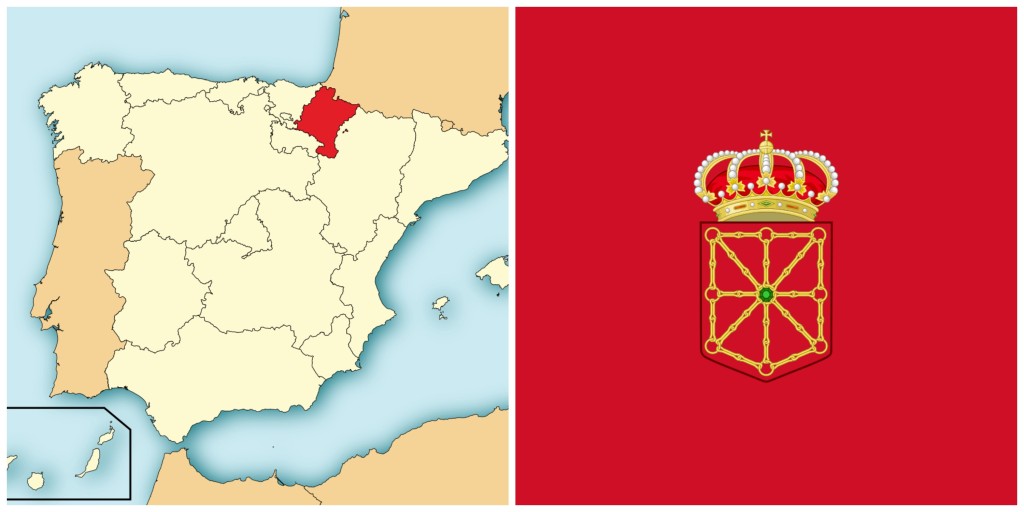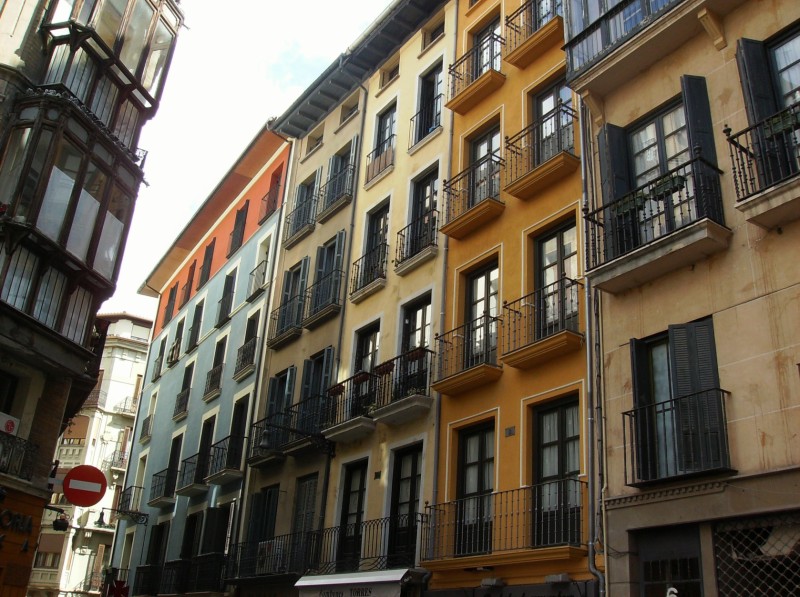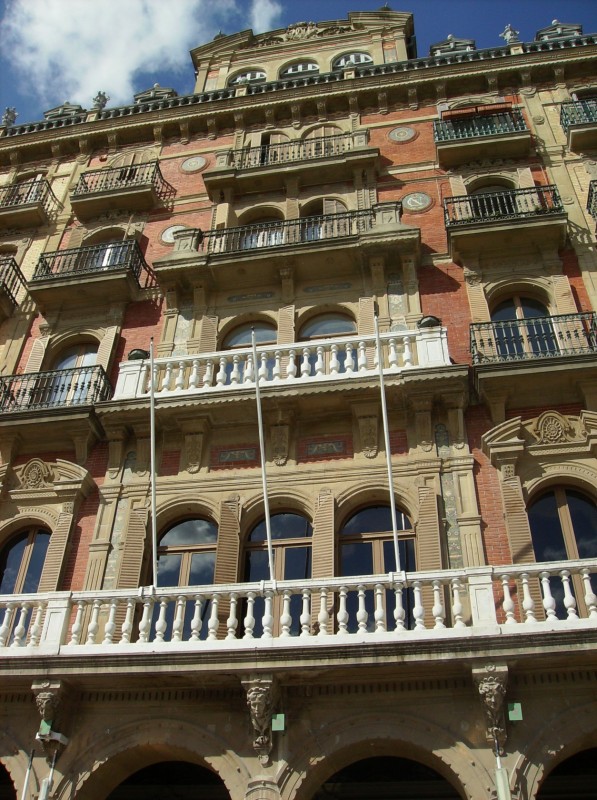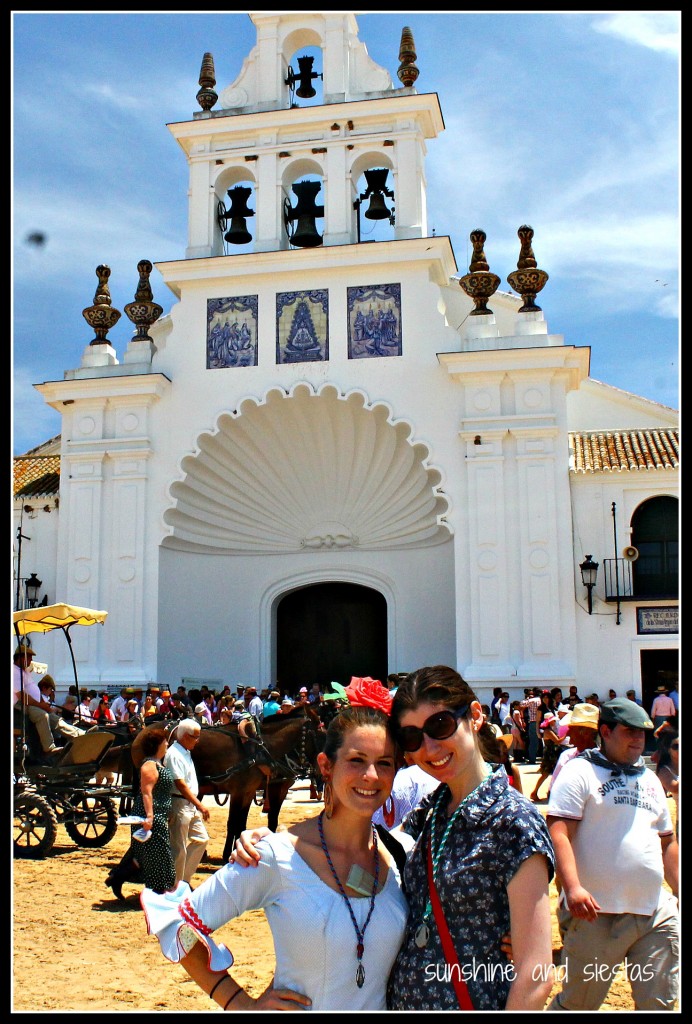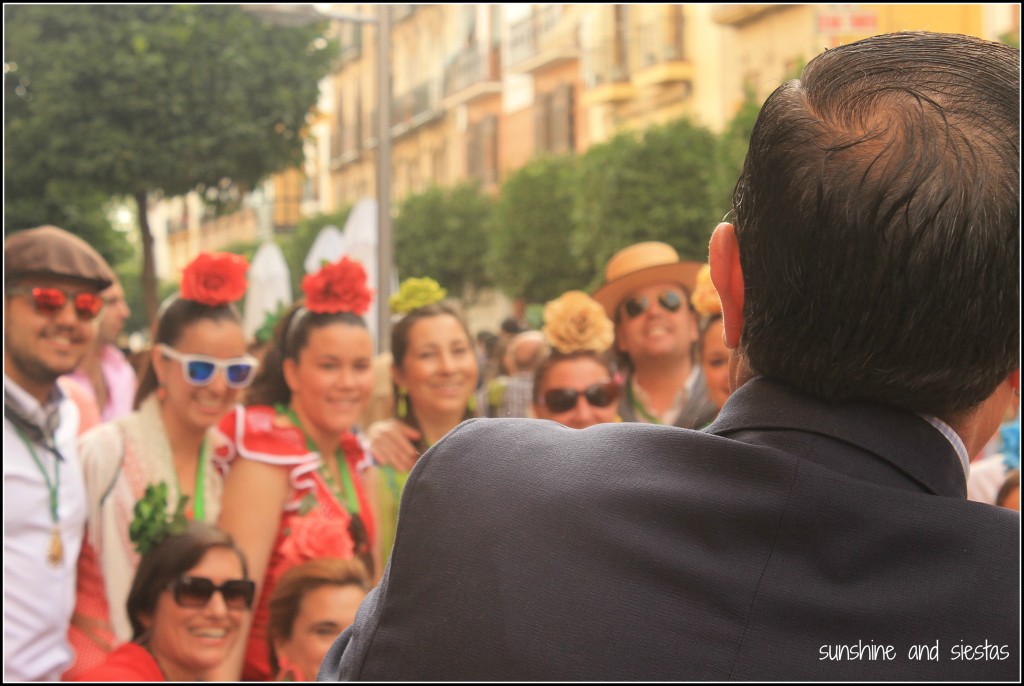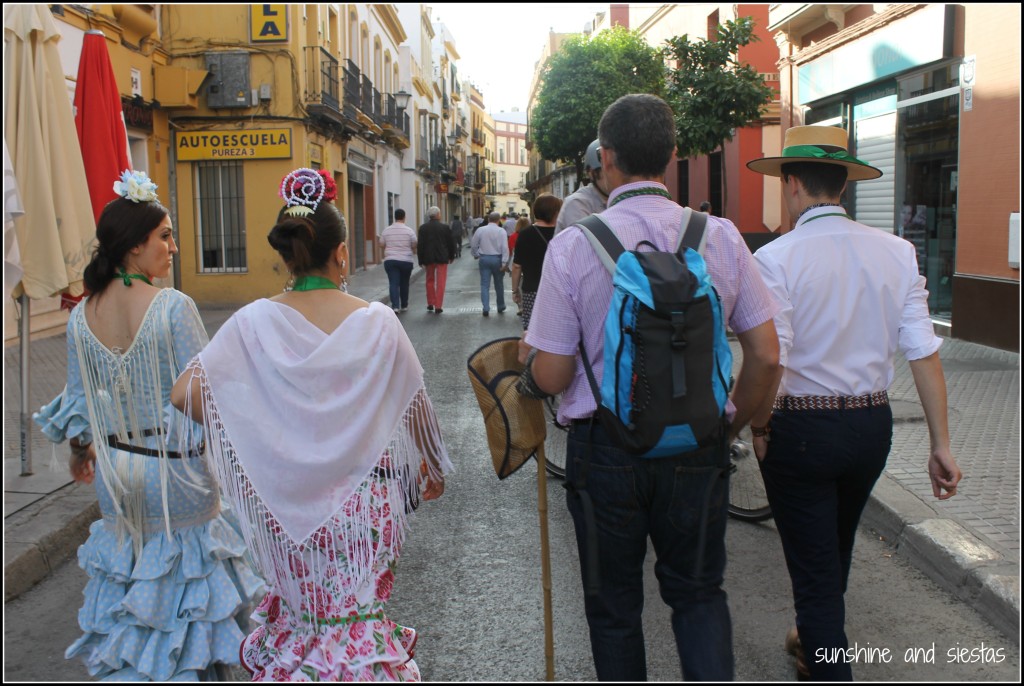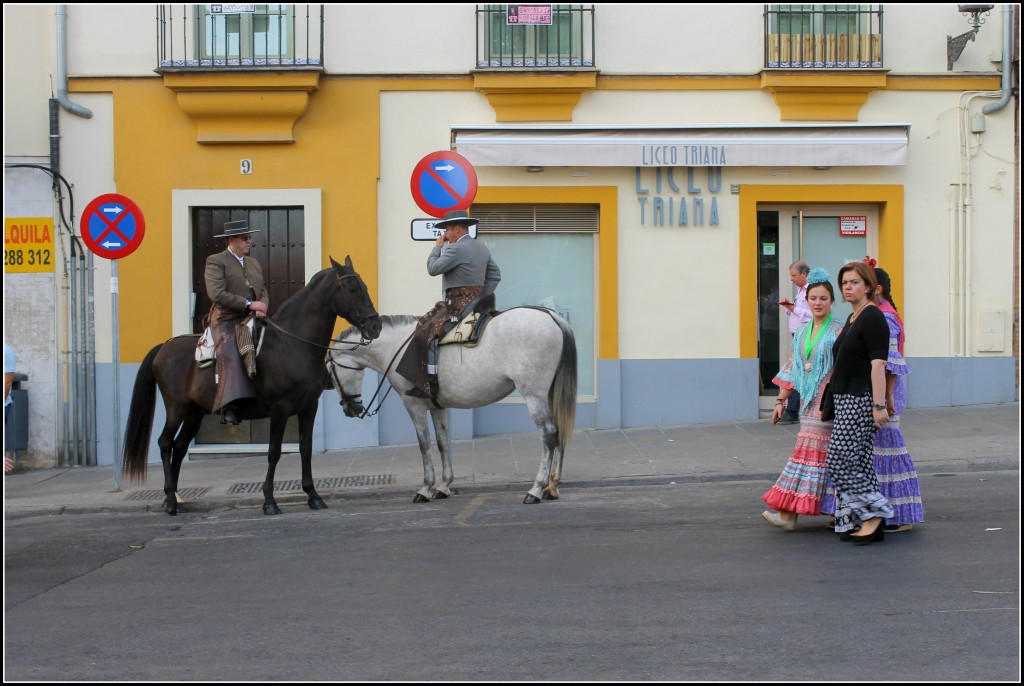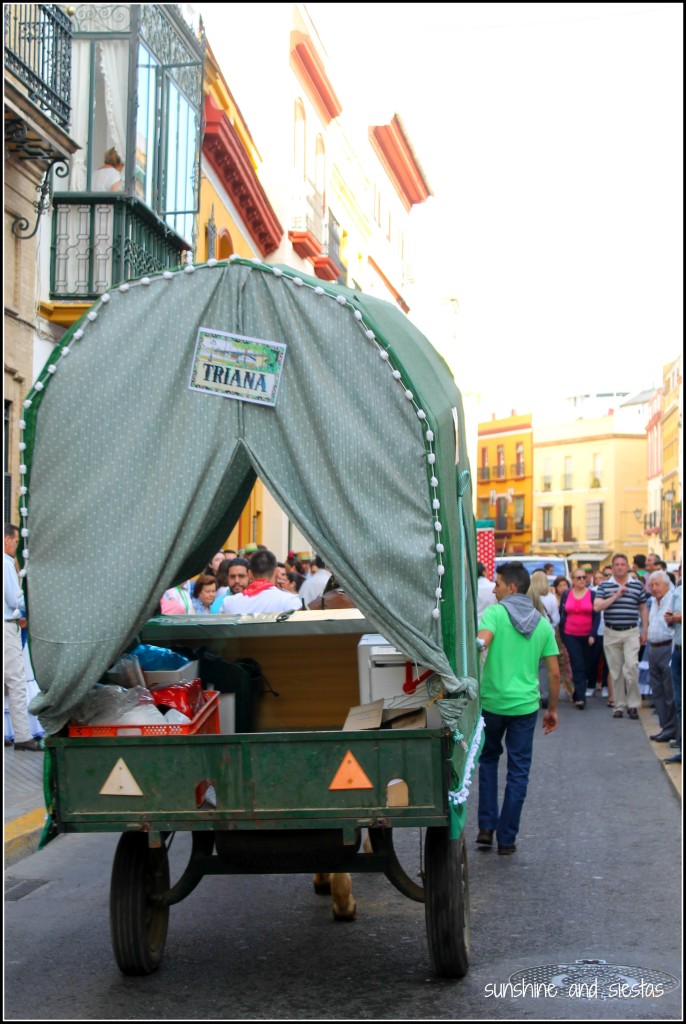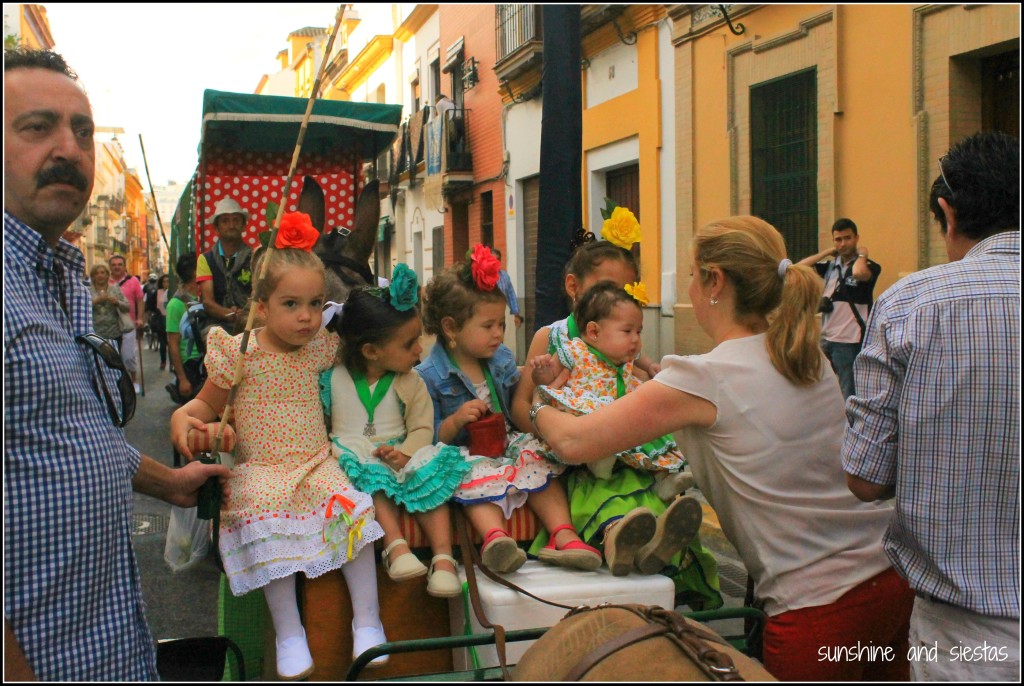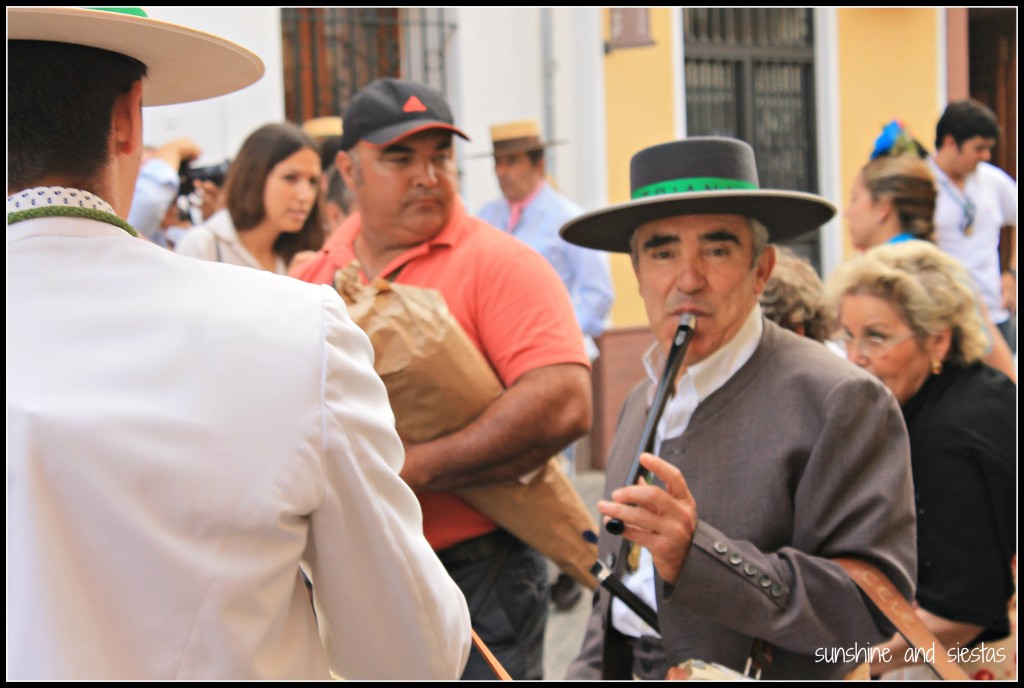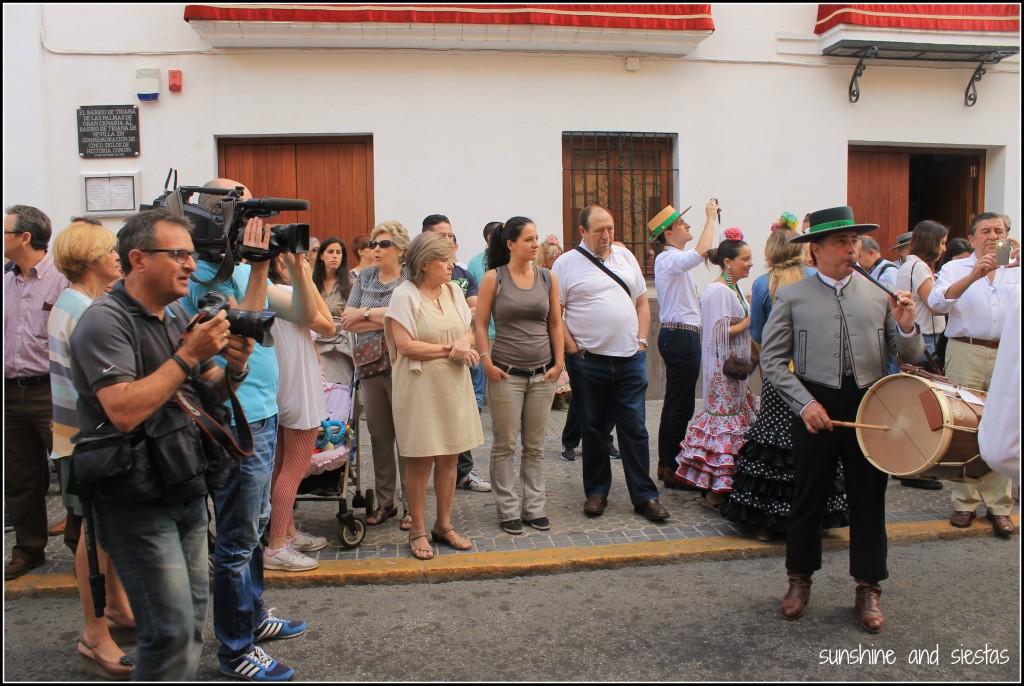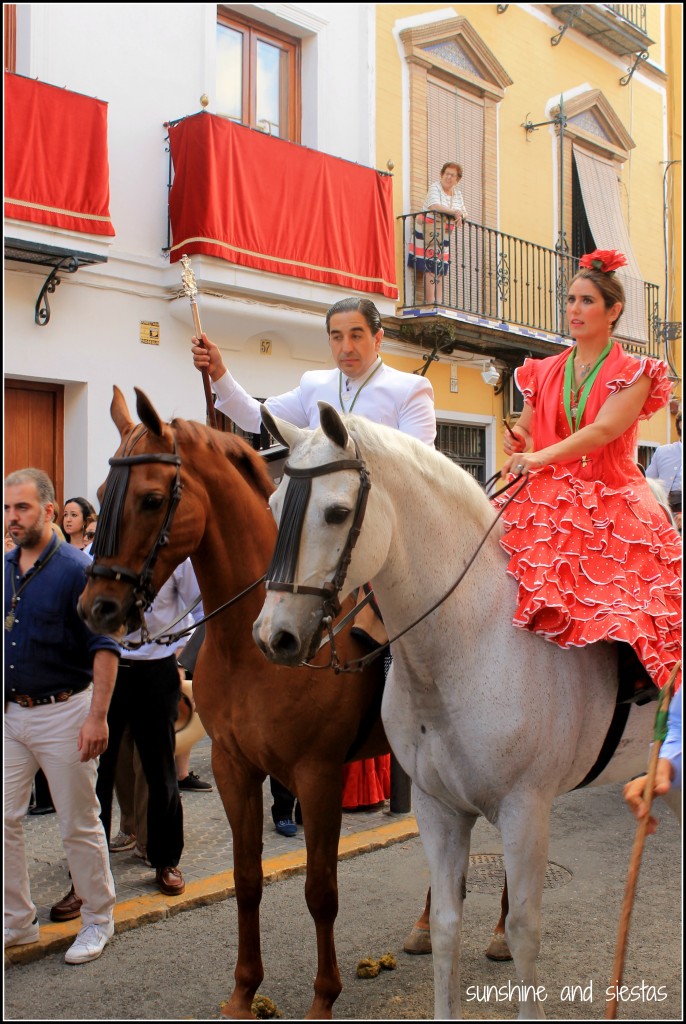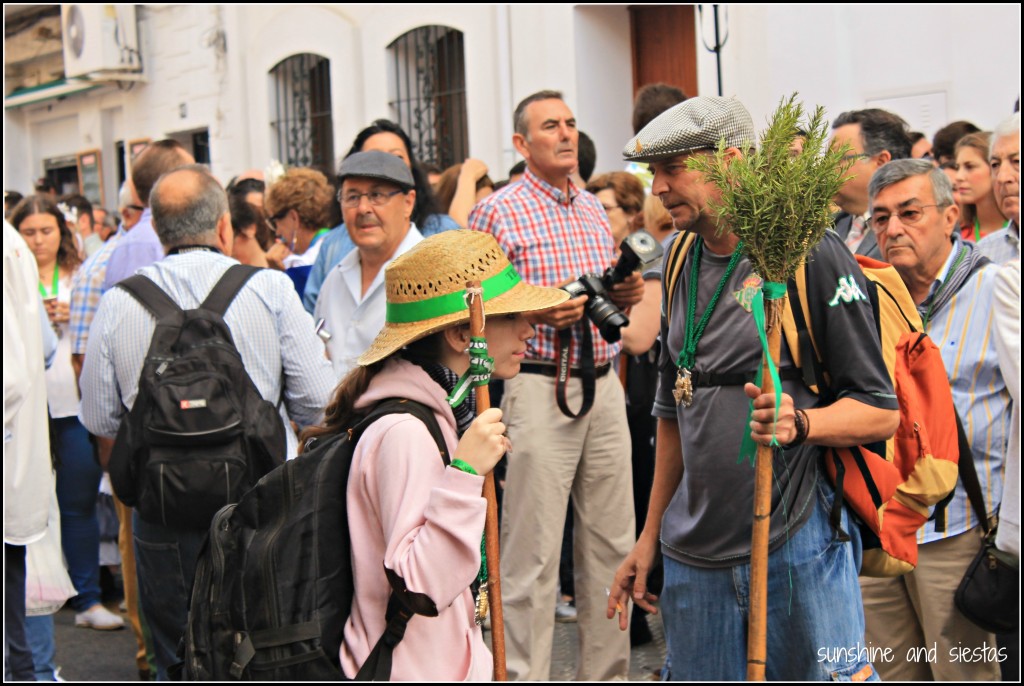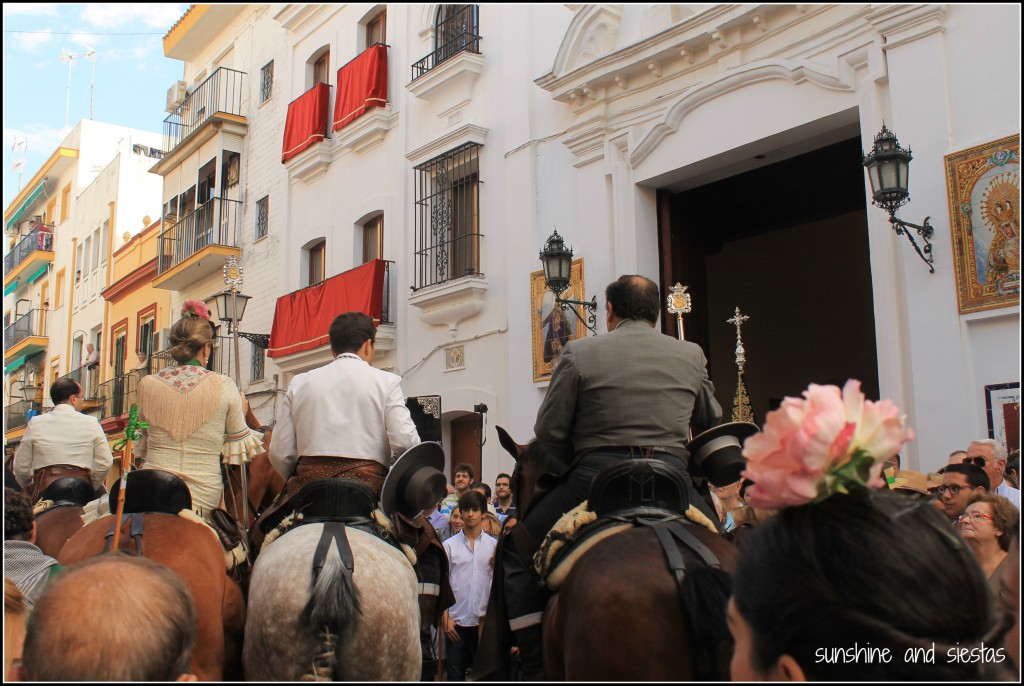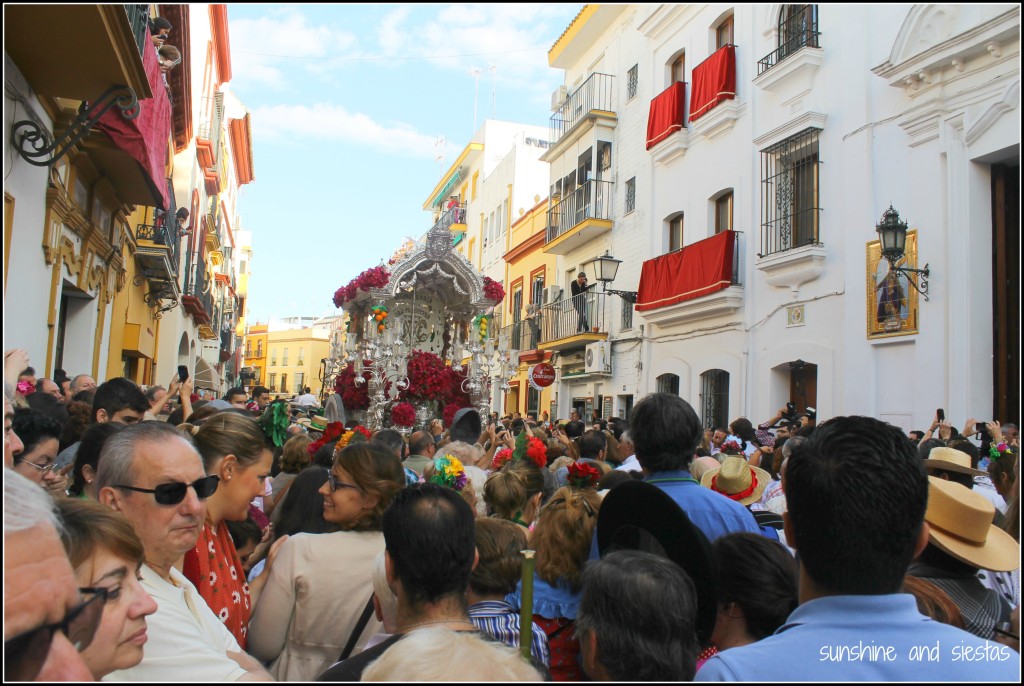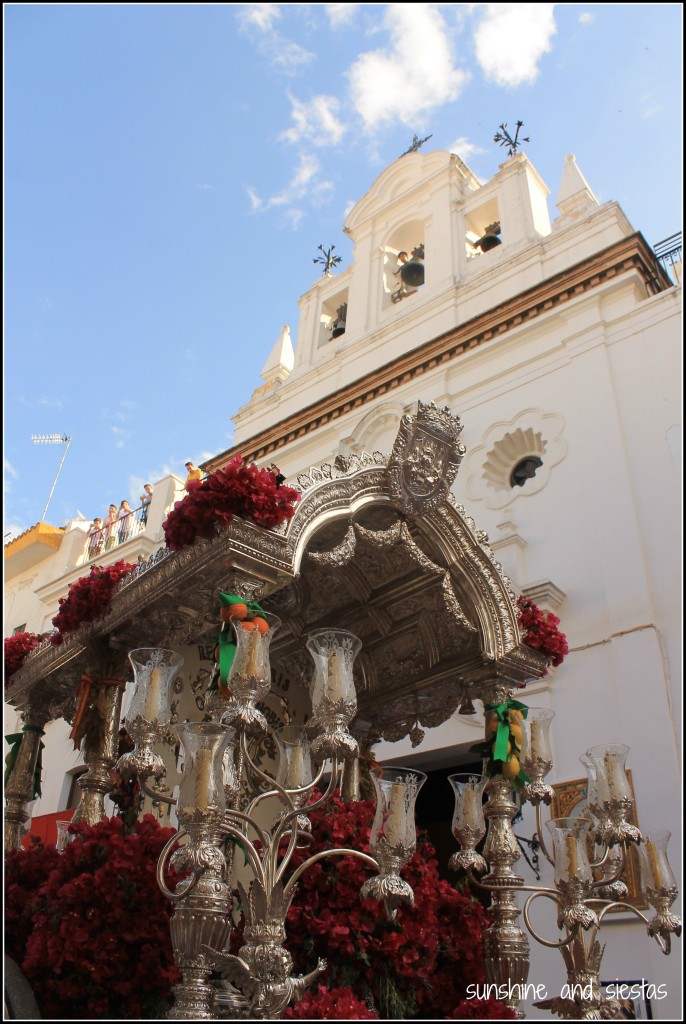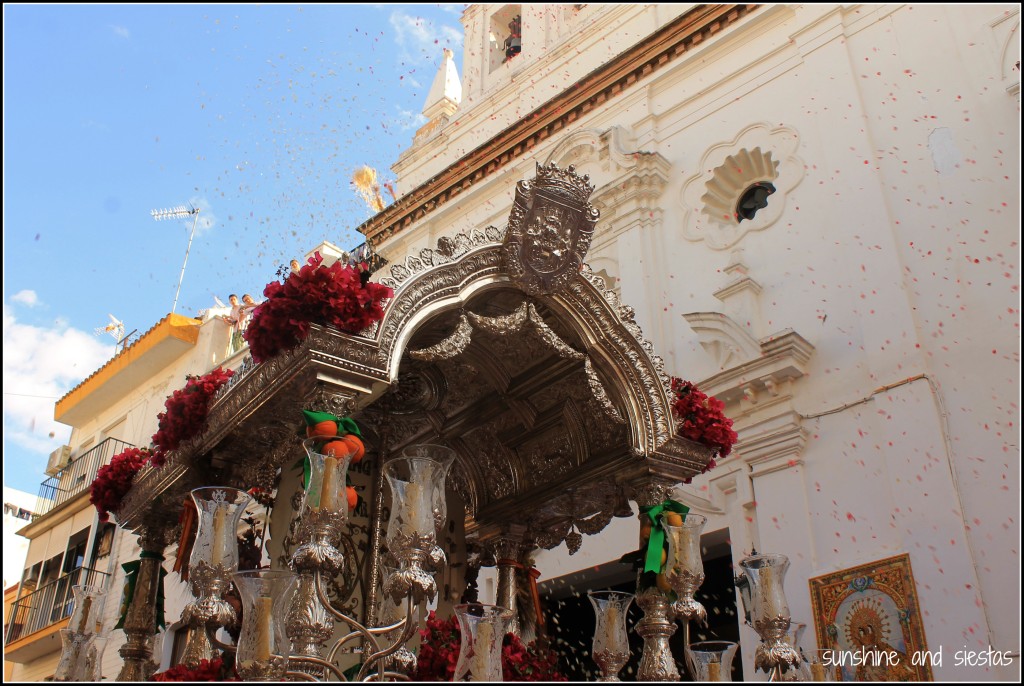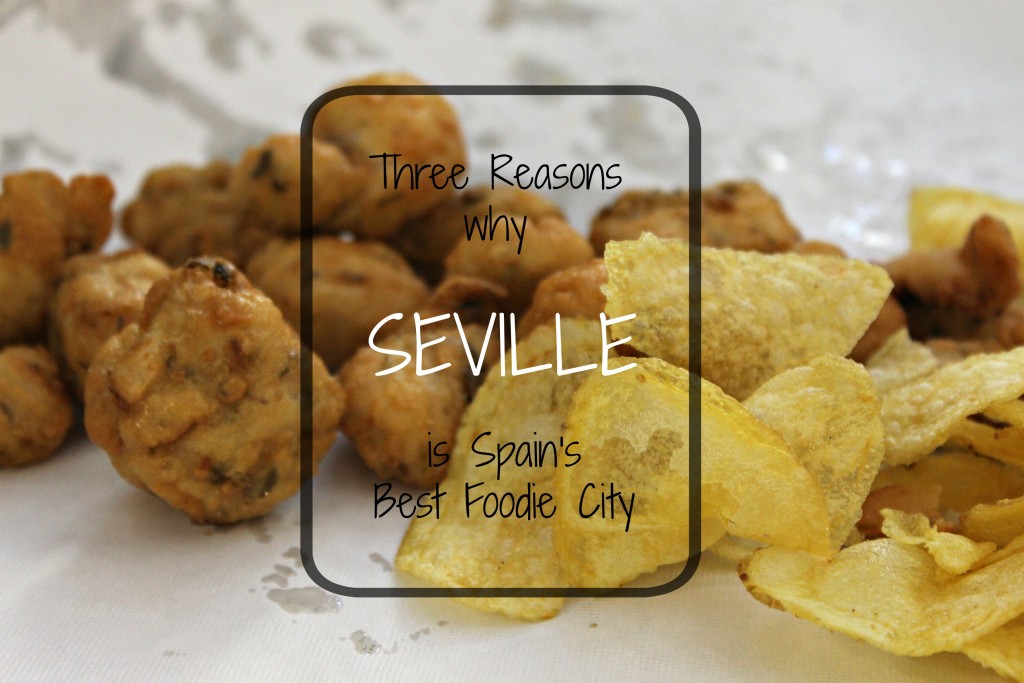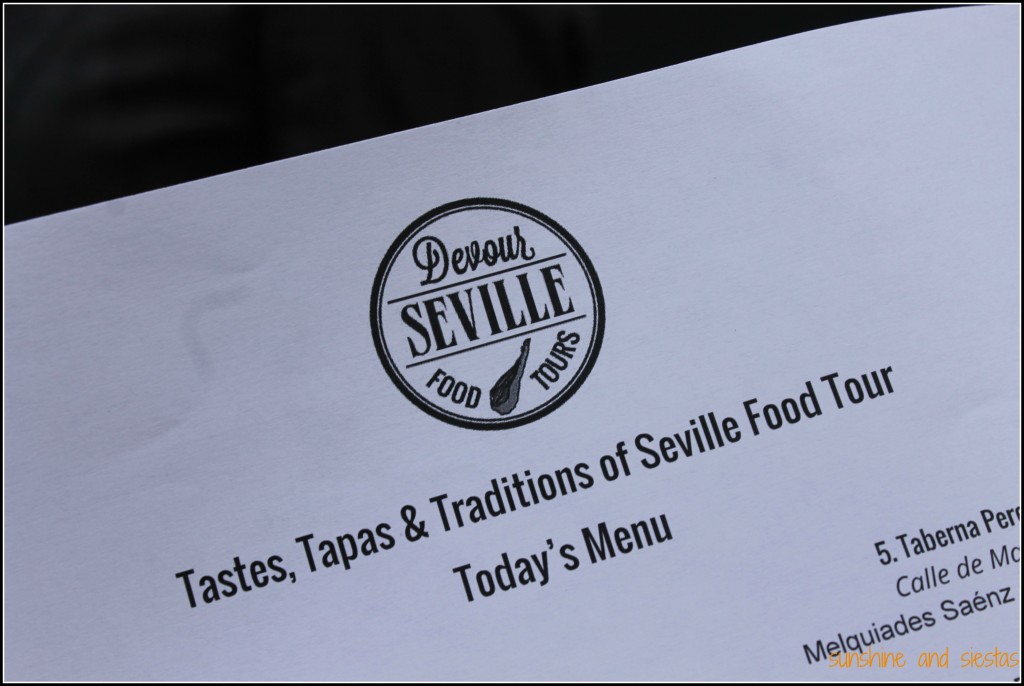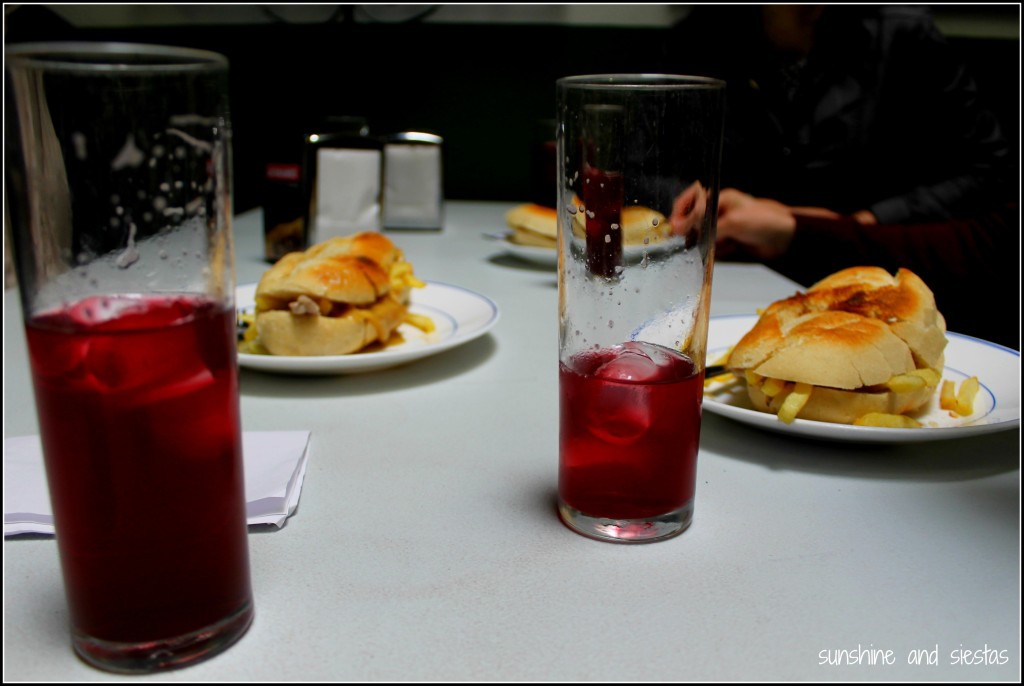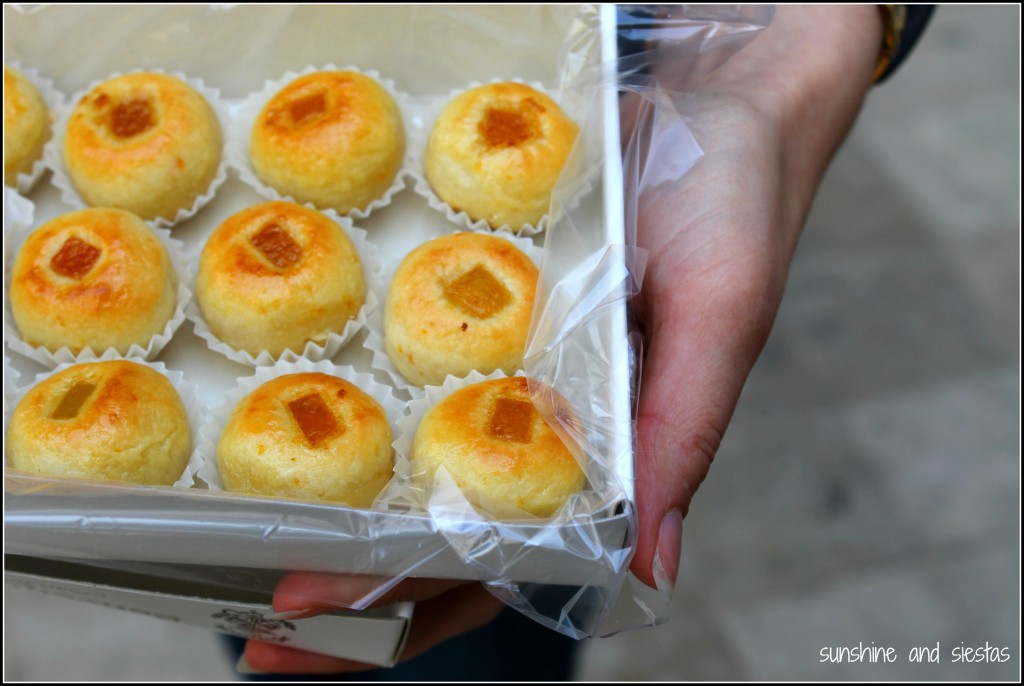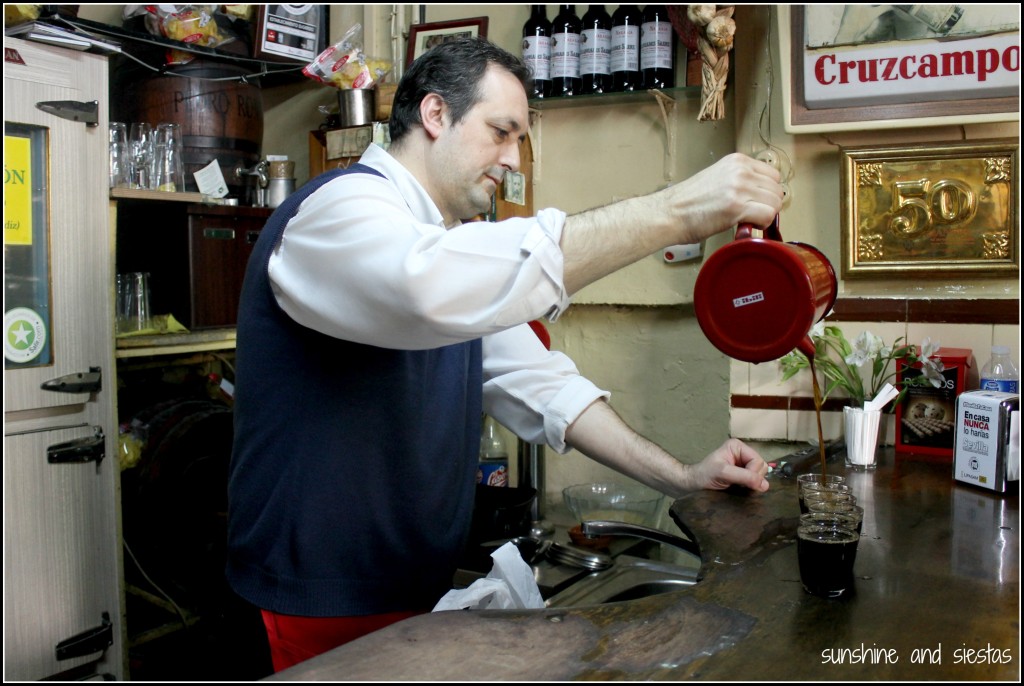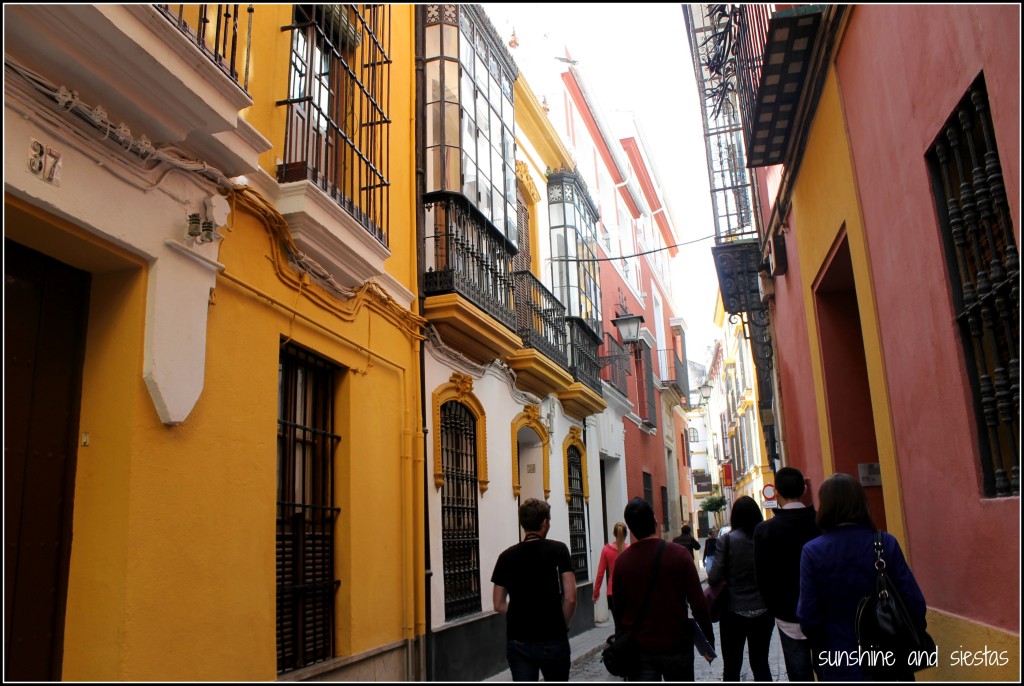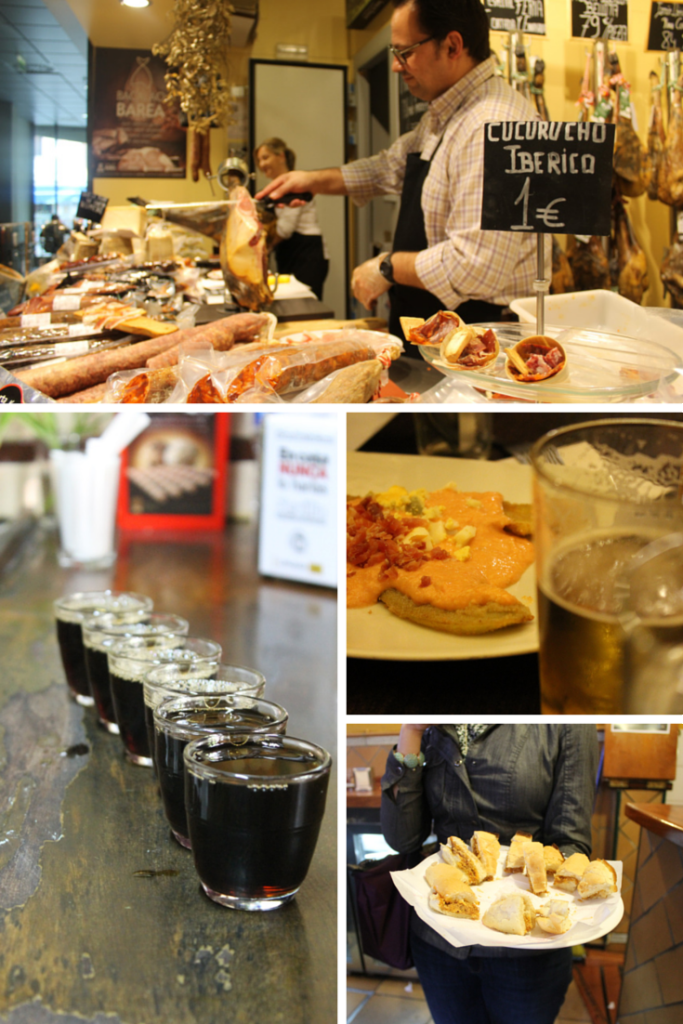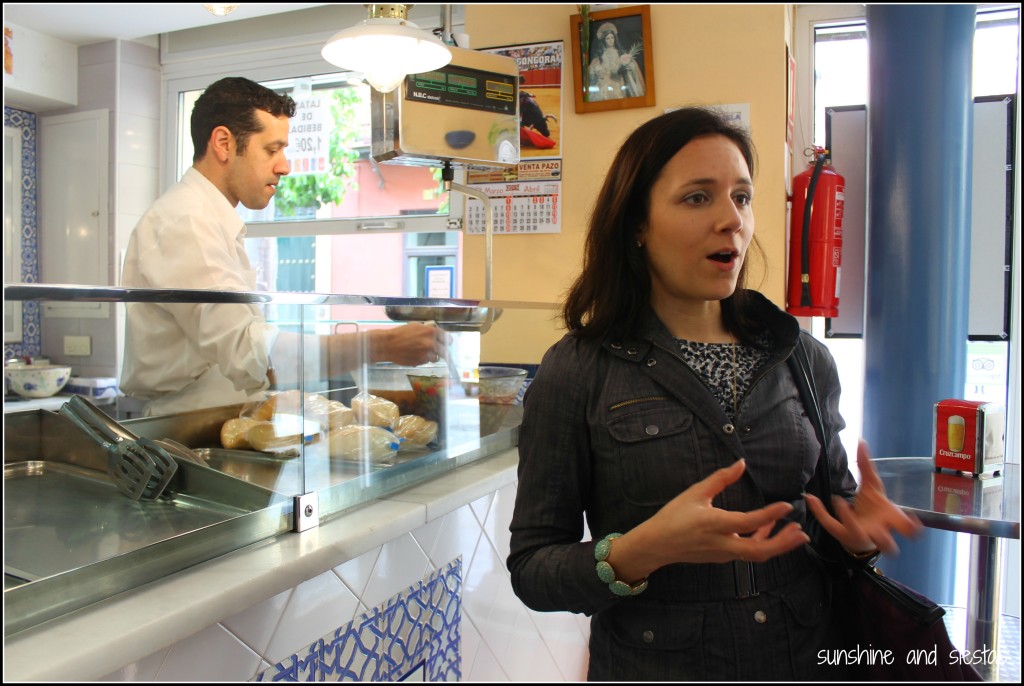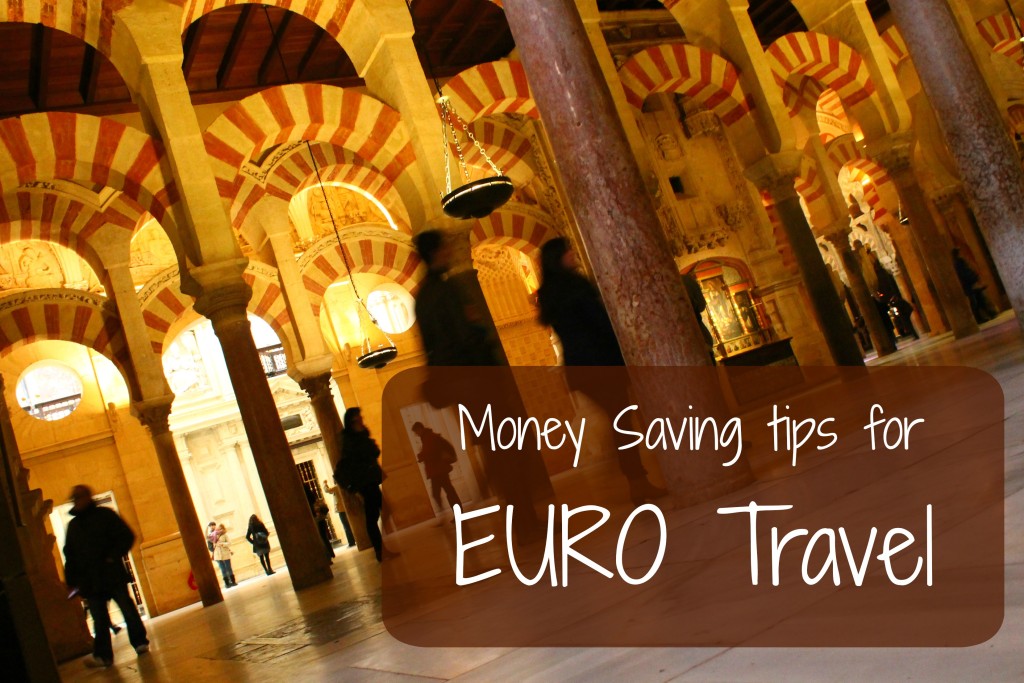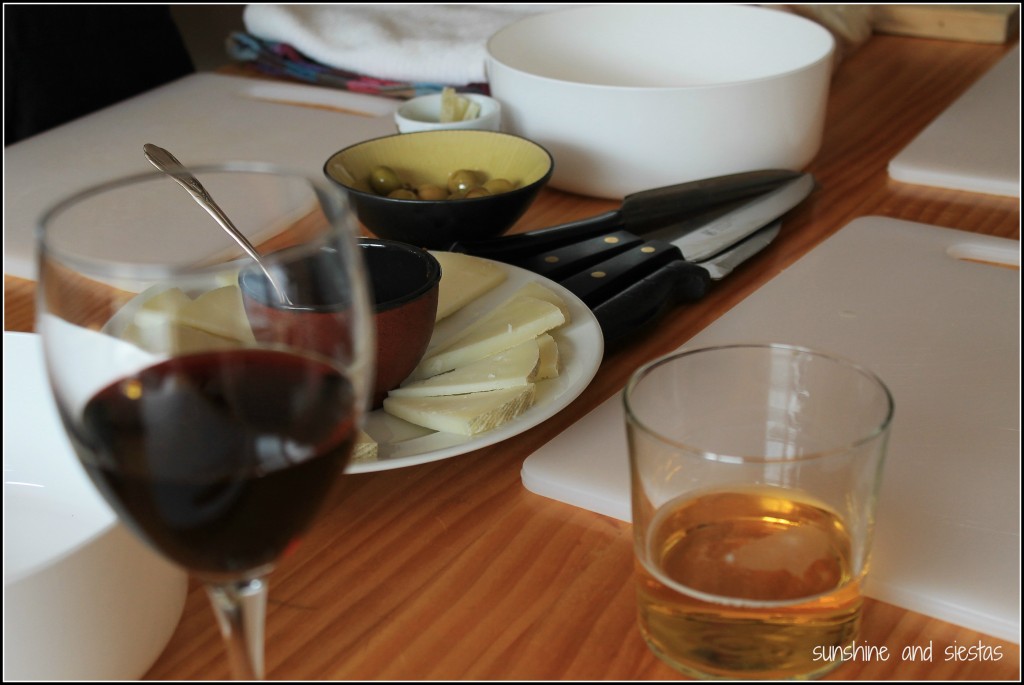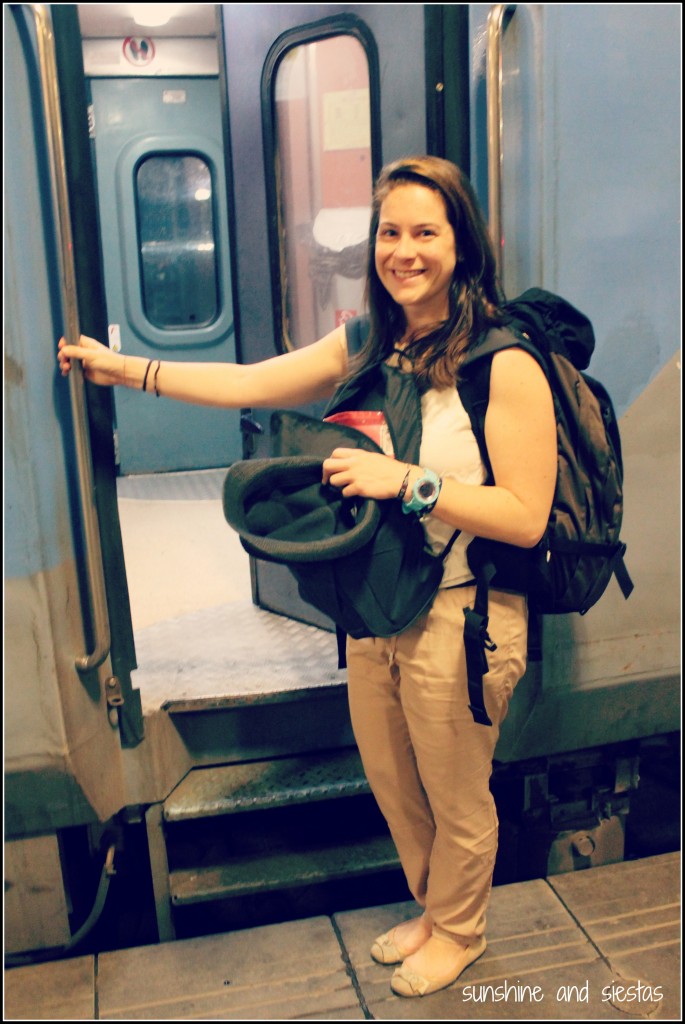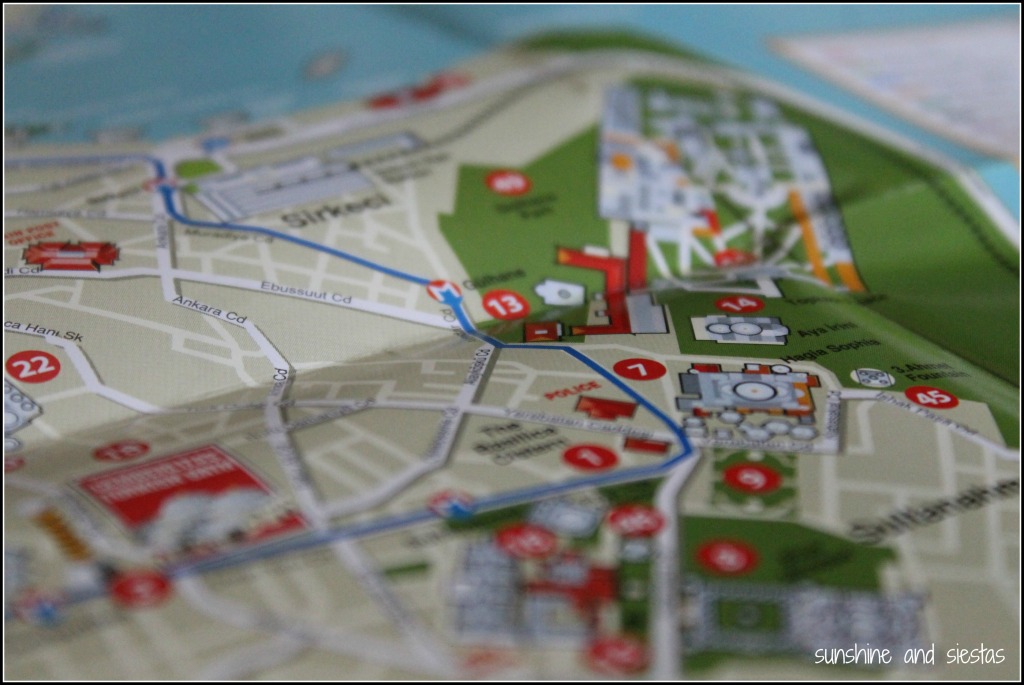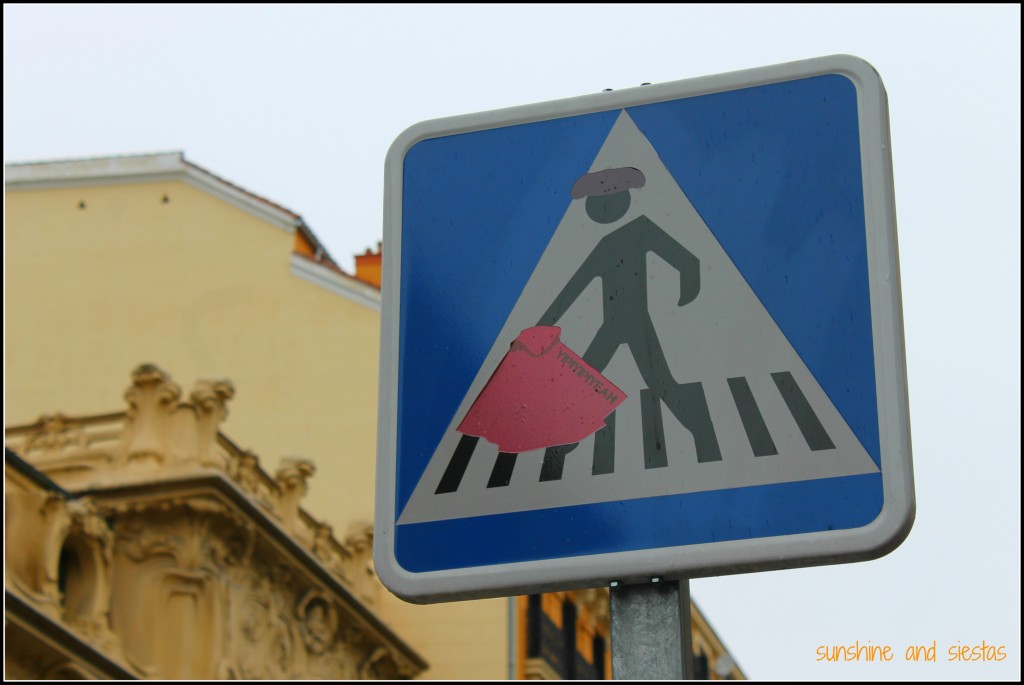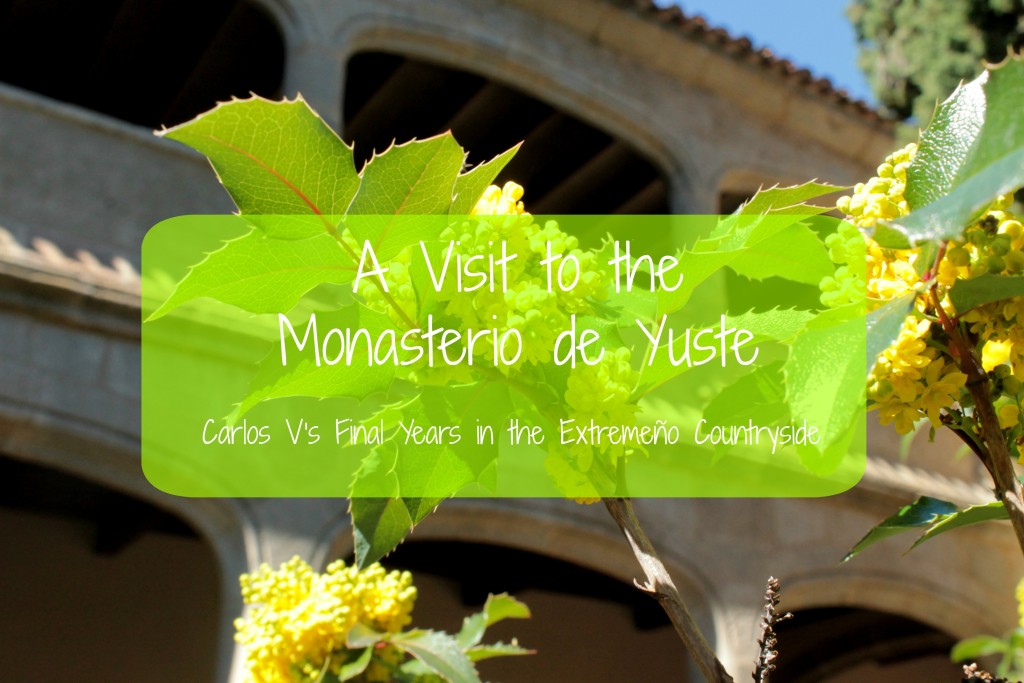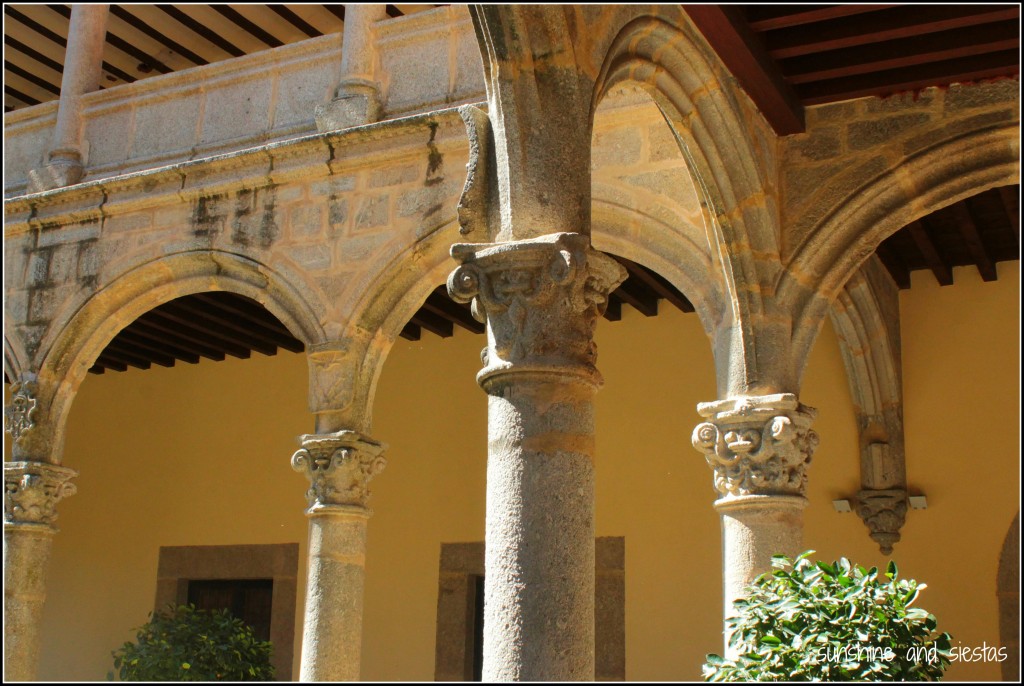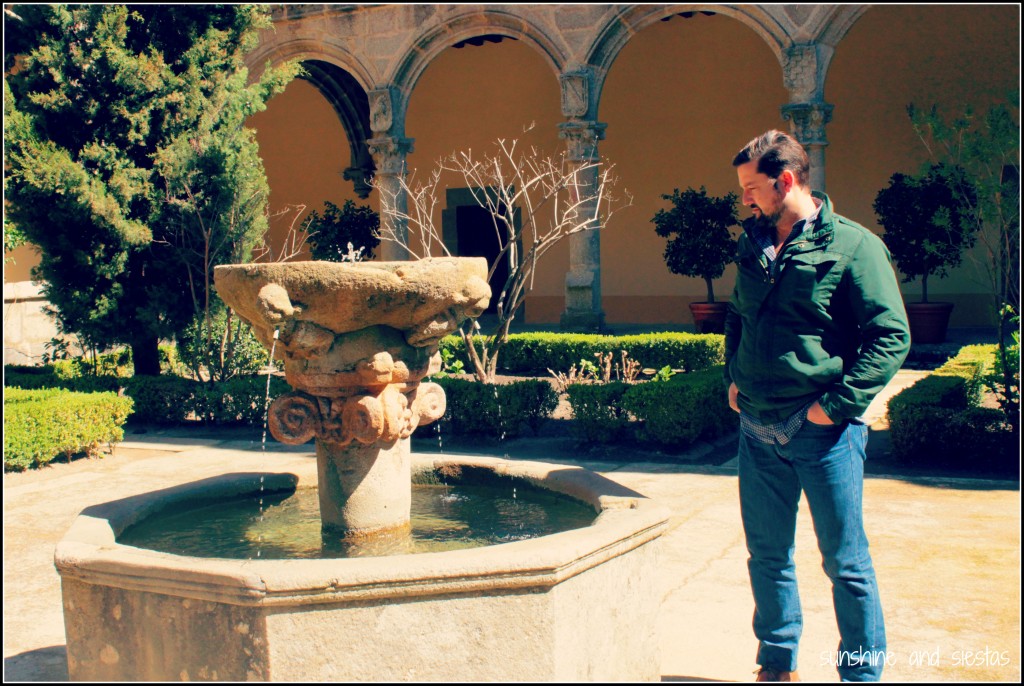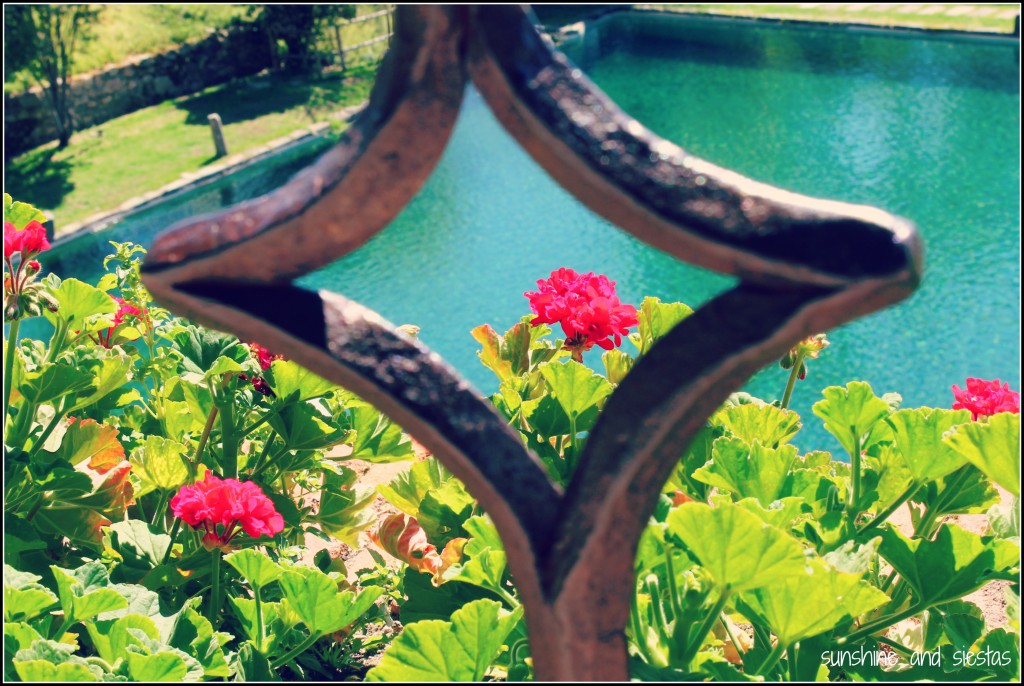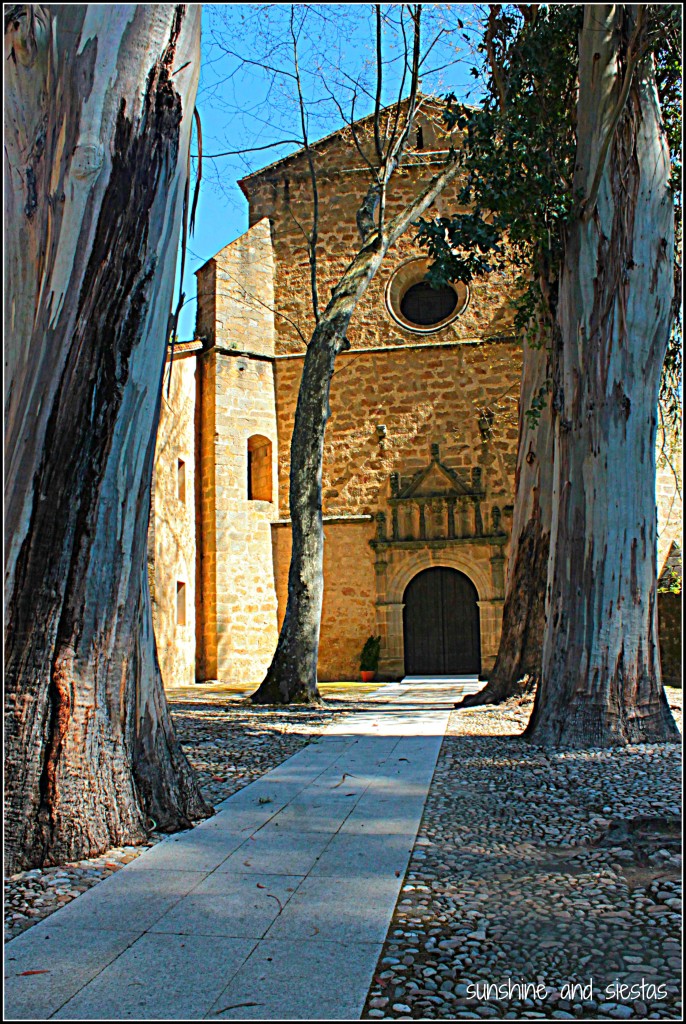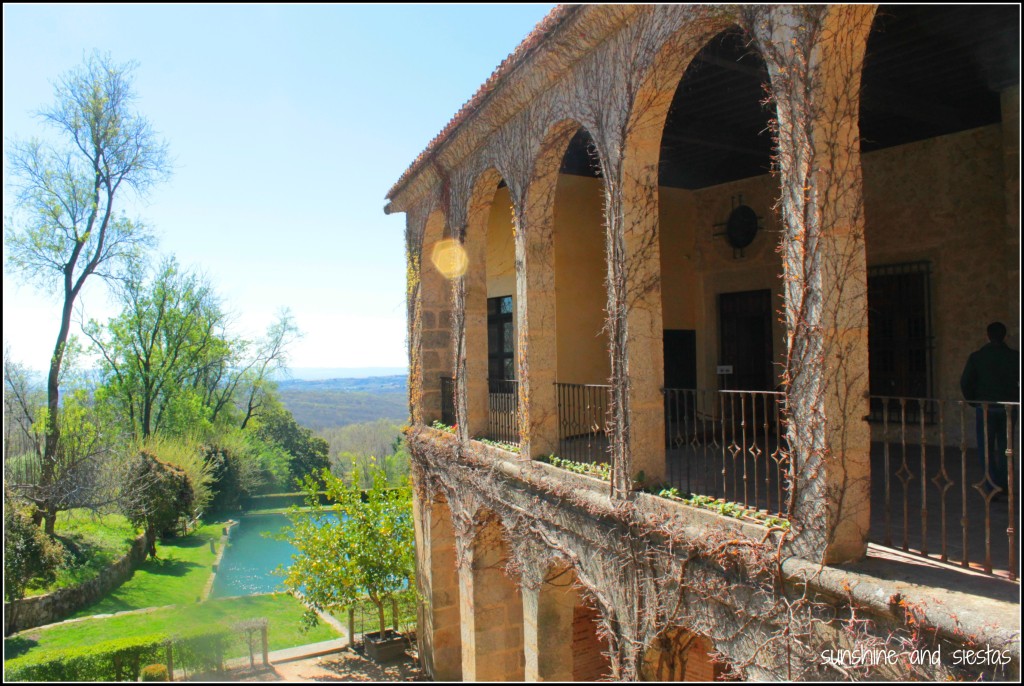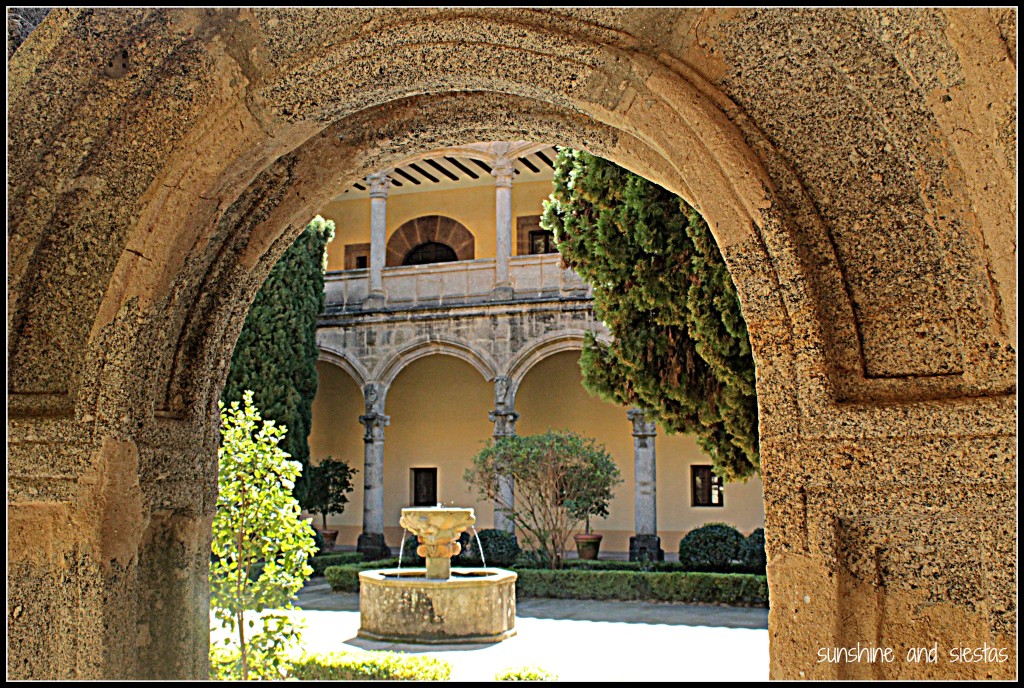Not one to make travel goals, I did make one when coming to Spain: visit all 17 autonomous communities at least once before going home. While Madrid, Barcelona and Seville are the stars of the tourist dollar show (and my hard-earned euros, let’s not kid around here), I am a champion for Spain’s little-known towns and regions. Having a global view of this country has come through living in Andalucía, working in Galicia and studying in Castilla y León, plus extensive travel throughout Spain.
Navarre, to me, has always been a funny place – it’s wedged between the Basque country, France and the ancient kingdom of Aragón (plus La Rioja), making it a hotbed when it comes to political upheaval and culture.
Even if you can’t place it on a Spanish map, if you grew up in the USA and took literature class, you’d know it’s famous hijo adoptivo, Ernest Hemingway, who put Pamplona and the San Fermines festivals on the map.
Name: The Kingdom of Navarre, or Navarra in Spanish
Population: 647,000, with over a third in the capital city of Pamplona
Provinces: Just one, with the administrative capital in Pamplona.
When: 9th of 17, March 2008
About Navarra: Navarra has a strange mix of Visigoth, Basque, French and Mediterranean heritage and has been populated since before Roman times by the Vascones, a precursor to the Basque peoples. And throughout the jockeying between kingdoms, the navarros remained fiercely independent – even today, their tax system is kept local instead of being relegated to the central government, a responsibility that few autonomías have.
The name of Navarre has two widely-believed hypotheses: either nabar, a Basque word meaning ‘brown’ or ‘ruddish,’ and, more commonly, nava, which refers to the wide plain. Regardless, the linguistic heritage hints at the region’s origins.
It’s a doozy, so I’m going to sum it up quickly:
Before the Navarrese kingdom was established in 934, Navarra was: Vascon, then conquered by Charlemagne, Basque, then Moorish, followed by a stint under the Franks. Rebel leaders then took control, but the Basques defeated them and ruled for 80 years. Borders changed frequently, and Pamplona and Navarre were considered to be two different entities for decades.
In 934, Sancho II declared himself King of Navarra, and under the successive king, the region grew prosperous, thanks to the fertile plains and trade routes. Sancho III, long considered one of Spain’s great rulers, expanded his kingdom before his death, upon which he left great claims of land to his four sons. This would alter the course of the kingdom – of both Navarre and Spain – over time.
But not without a fight – the kingdom jockeyed once more between French dynasties because of marriages and treaties. It didn’t give into pressure from Castilla to join the Inquisition but its greatest cities fell in the Battles of Chambrai to the strong Spanish crown. Nowadays, Spain’s coat of arms bears the navarro flag.
The region remained mostly independent, prospering under individual fueros, or power holds governed by local law. But with the Spanish Constitution of 1812, all fueros lost power, eventually leading to the Carlist wars of the 19th century (and possible origin of the word guiri!) – and its eventual inclusion under the Spanish crown.
Must sees: Navarra boasts its own wine region, lies along the French route of the Camino de Santiago and is home to one of Spain’s most globally known festivals. The Holy Trinity of navarro tourism is rural tourism, the region’s history and the Running of the Bulls.
Rural and outdoor tourism is an important crux of local employment and income, and the so-named “Land of Diversity” offers mountains, a deep river basin and plenty of outdoor activities, like hiking and rafting, and nearly a dozen national parks and forests. This means that local meats and cheeses are also exquisite! The Camino de Santiago also passes through the Pyrenees on the Spanish side, Pamplona and several small towns before crossing into La Rioja.
Navarra was truly a sought land, thanks to its strategic position and fertile valley. As evident above, cultures clashed and left their mark on this region. Apart from Pamplona, check out the Frankish castle of Olite, the medieval stone towns like Roncesvalles, and monasteries dotting the little-used highways.
The Running of the Bulls, or Sanfermines festival, is undoubtedly the most famous Spanish festival, characterized by terrifying races, bullfights and parades. After the chupinazo rocket has been sent into the sky, signaling the start of the party, revelers have a week dedicated to the province’s patron saint, said to have been killed and dragged thru the streets, with angry bulls charing after him.
Nowadays, Navarra retains its linguistic and cultural heritage thanks to deep-rooted values. It almost seems a little behind the times, in the best sense of the word.
My take: We only spent a day in Navarra, visiting Pamplona on a cold March day when we were staying in San Sebastián. I was impressed with the tenacity of the people we met, at the rural landscapes ranging from mountains to lush valleys and the small but quaint old city. There is even a small animal park tucked into an old city fortress, so I was won over immediately.
Like nearly the all places in Span I’ve visited, I’d like to go back!
Have you ever been to Navarra? What do you like (or not) about it?
Want more Spain? Andalucía | Aragón | Asturias | Islas Baleares | Islas Canarias | Cantabria | Castilla y León | Castilla-La Mancha | Cataluña | Extremadura | Galicia | La Rioja | Madrid | Murcia

